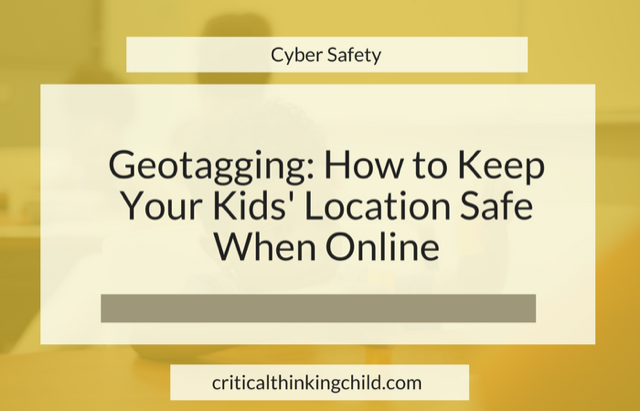Geotagging is a trend that has become more popular in recent years, especially on social media. Put simply, geotagging is the act of adding a location to something posted online. It can be a great tool when it comes to organizing your photos with services like Google Photos, tagging special memories on Facebook or Instagram, or sharing details of events with friends and family.
Unfortunately, this information can also be dangerous, depending on how it is used. Providing location information can alert a stalker or burglar to your activities, allowing them to track your patterns. If you geotag your posts too often, you may be putting your privacy at risk.
This is what happened to more than 18 homes in Nashua, New Hampshire. Residents were burglarized when three men tracked their movements online. Once they identified when the home owners were away, they broke in and stole over $100,00 worth of goods.
In another incident, security experts were able to combine user activity and tagged location data to identify social media users as members of the US military living on military bases. This is harmful not only because it exposes the individuals involved but also because it exposes the location of US military bases. This is a huge issue because it allows foreign adversaries to learn the locations and patterns of past and present members of the US military. If you are a member of a military family, this can be particularly harmful to your family and your security.
Geotagging isn’t just dangerous for adults. It can be harmful for children as well, especially tweens and teens who are home alone, as the burglars may think the house is totally empty but instead it might have children alone inside.
Be wary of embedded geotagging
Embedded geotagging is a scary safety risk. This is when your location is shared automatically on your device. Many apps and websites on smartphones and devices are set to share your location by default. You have to actively disable location services and edit the file’s metadata to stop sharing your location.
Cameras on smartphones have location services as well. When a photo is taken using the device, the GPS information stored with your photo is part of the EXIF (Exchangeable Image File) data. This data includes the time and date of each photo and the camera used to take it. While we don’t see this embedded information, there are apps that can extract your exact location where the picture was taken and when. This is information is often used for advertising purposes; however, when the information gets into the wrong hands, your child’s safety could be at risk. This can be particularly harmful when you take pictures of places your child goes regularly, like school, soccer practice, or a friend’s house. You don’t want a potential predator to learn about your family’s patterns and routines.
Fortunately, Facebook, Twitter, and Ebay automatically get rid of EXIF data so you don’t have to worry about it. Flickr gives you the option of keeping your location data intact when posting, and Instagram removes the data unless you are adding a photo to a Photo Map.
Sites like Google and Tumblr will always come with location services. This can’t be disabled, so keep this in mind when you use these programs.
Protect yourself from geotagging
It may seem overwhelming to stay safe online, especially when sharing your location is so easy. Luckily, there are several simple actions you can take that may seem like common sense:
- Don’t post while you’re traveling. You may want to share your vacation photos in real time, but nothing screams “I’m not home!” more than a deluge of Facebook posts of your family at Disney World. You can post your pictures, just do it once you get home with a note like “We just got back from a great trip to Disney!”
- Don’t ever tag private addresses. This includes home, school, or office addresses. It’s okay to tag a public address like a favorite restaurant or a sports stadium but only do so occasionally and avoid posting locations on a regular basis.
- Only geotag photos with consenting adults. A quick “is it alright if I post this photo?” will suffice and will go a long way, especially with friends and family who don’t use social media often. Never geotag photos with children, whether they are your own or someone else’s. The safety of the children should always come first.
Cyber safety can be an overwhelming concept, but understanding the risks, knowing what happens automatically, and taking simple common sense steps to stay safe can make all the difference.



